The text book Free drawing: a way of teaching drawing based on natural and everyday objects was illustrated by artist Franz Čižek and edited by Hermann Kastner in 1925. The book features 80 plates of rich ornamental compositions.
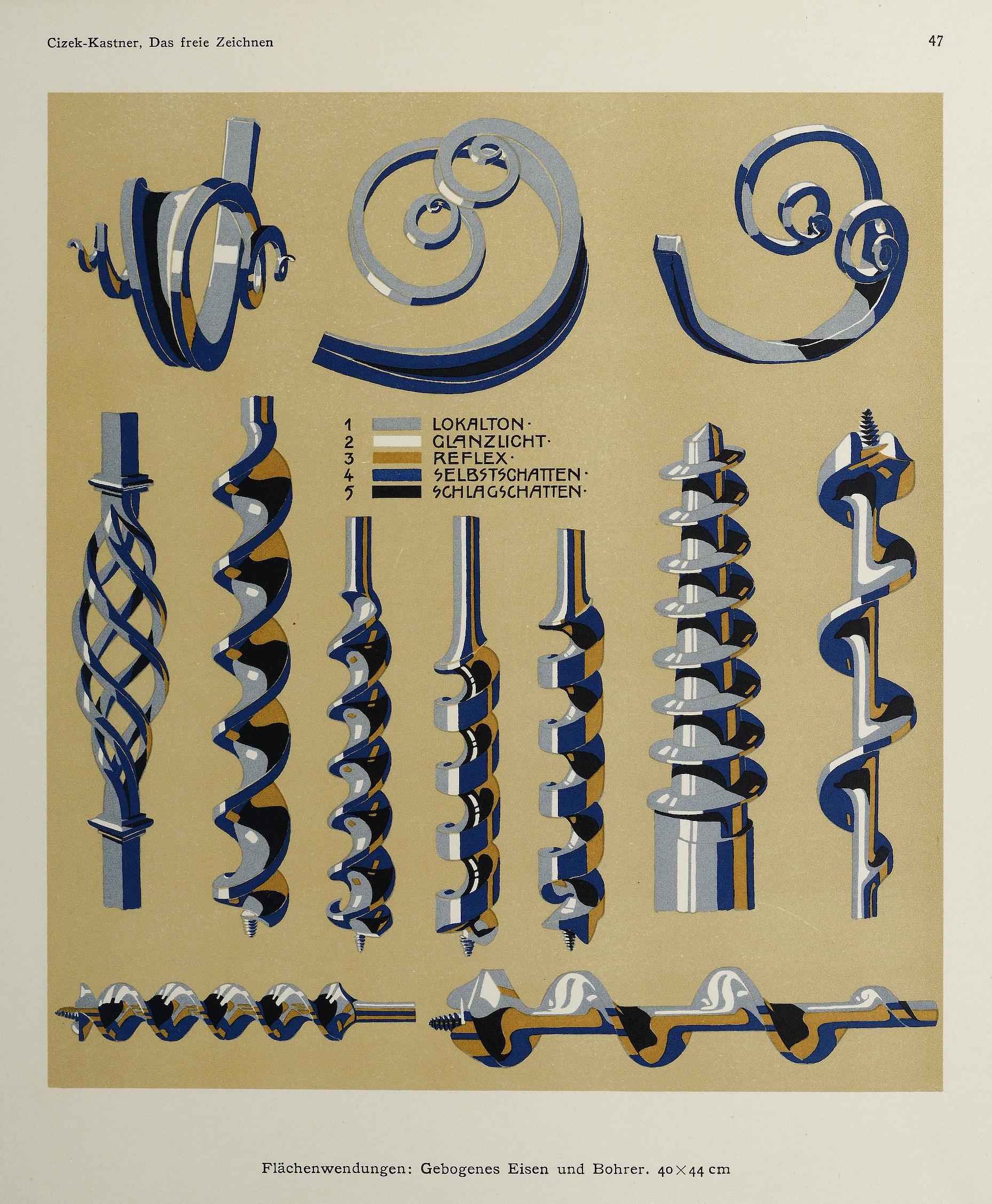
Franz Čižek – Champion of Creative Art For Children
Franz Cižek (12 June 1865 – 17 December 1946) was a painter and art teacher known as the ‘father of creative art teaching’ who placed a high value on doing and instinct over instruction. “Children have their own laws,” he opined. “What right have grown-up people to interfere? They should draw as they feel, and all children have feelings and something to express!”
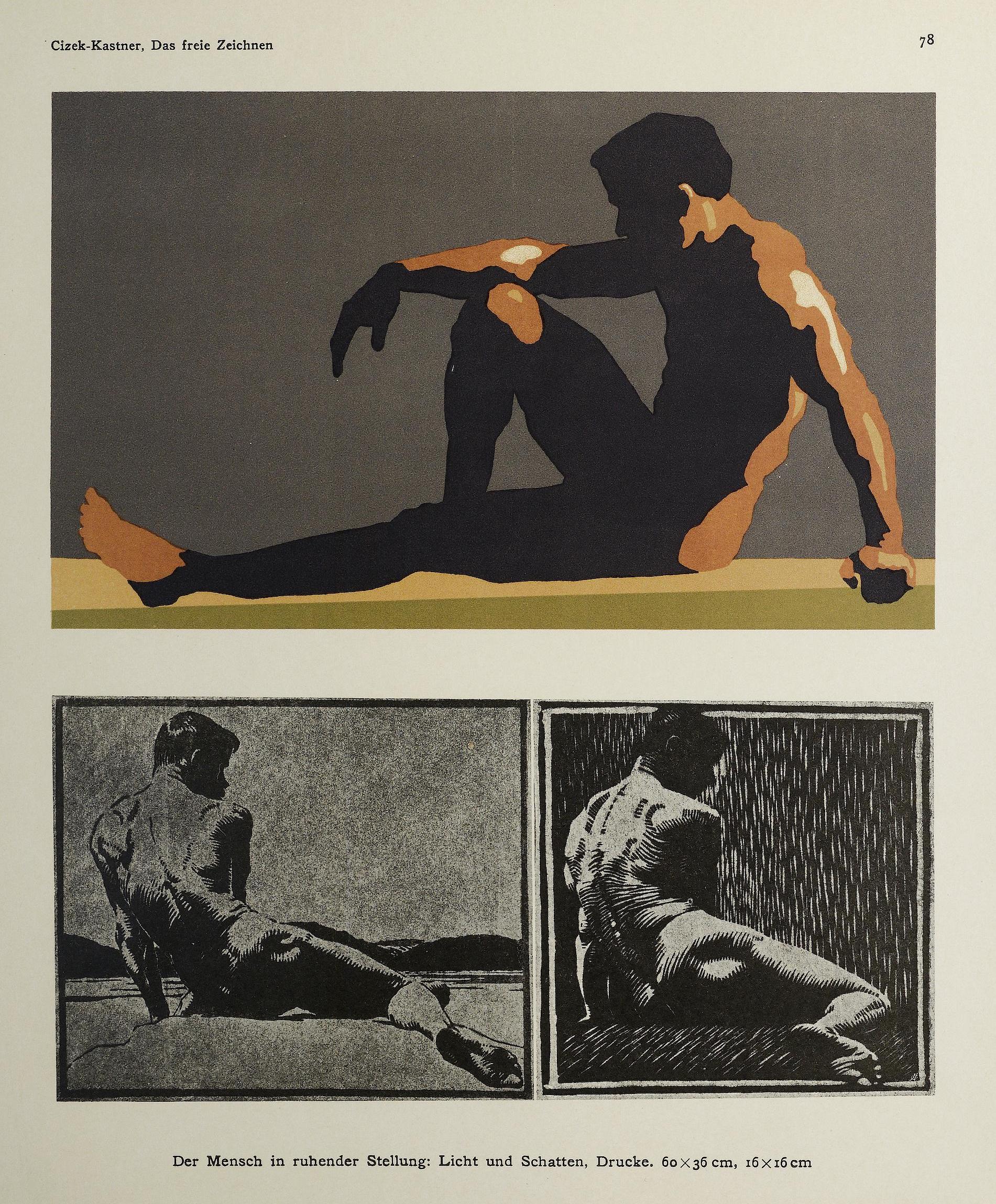
He began the Child Art Movement in Vienna, opening the Juvenile Art Class in 1897. Some of his students went on to become teaching assistants for the children’s art classes. One assistant was Erika Giovanna Klien, who later emigrated to the United States and employed Cizek’s teaching methods at Stuyvesant High School and the Dalton School. Another artist, Emmy Lichtwitz Krasso, an assistant from 1933 to 1935, went to India where she started a children’s art movement in the Mumbai schools.
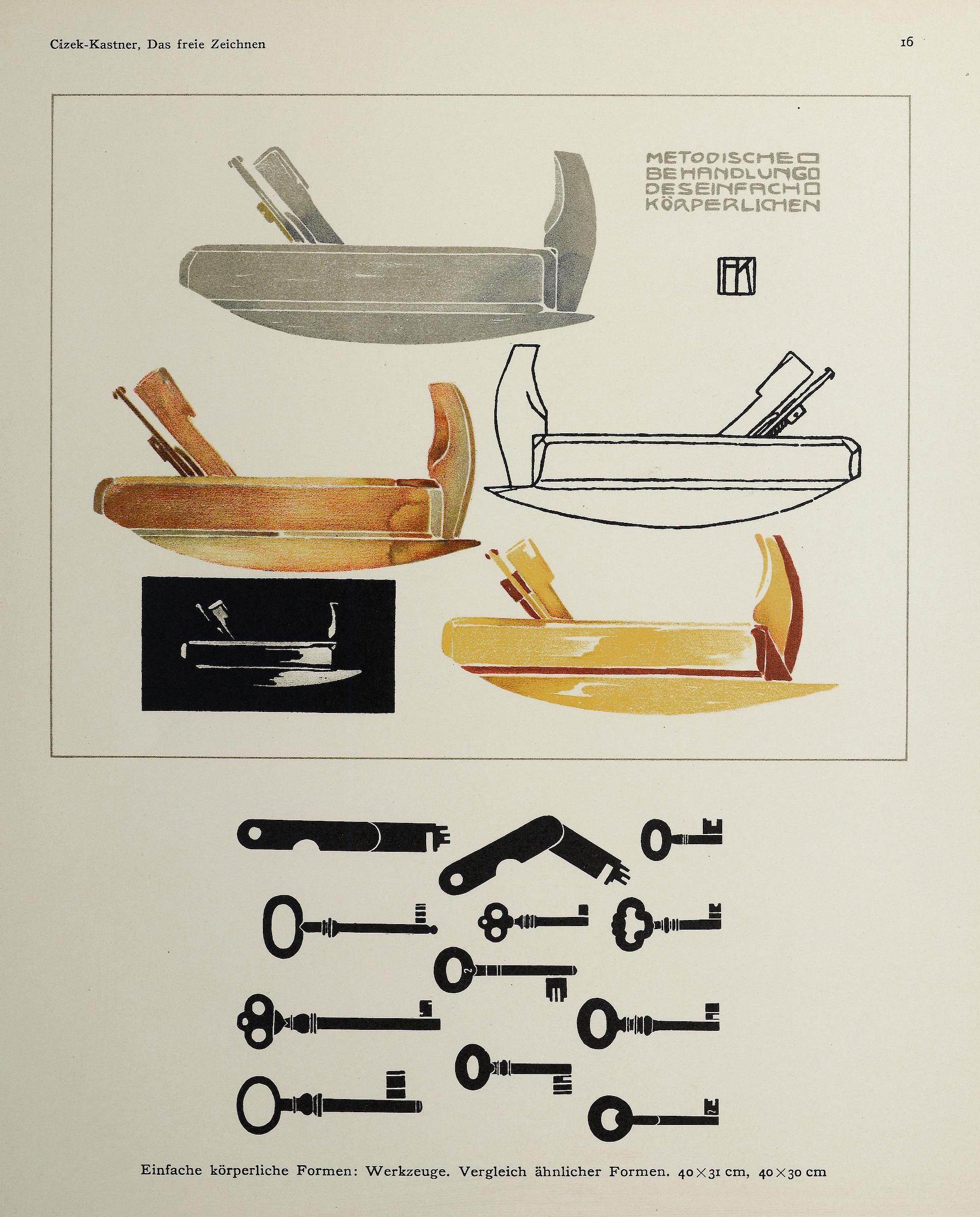
In November 1920, the children’s art was exhibited at the British Institute for Industrial Art in Kingsbridge, England, and then toured the country. In 1921 Francesca Wilson, a Birmingham teacher, exhibited the child art in London. This exhibition and those for the Save the Children Fund raised interest in the Child Art Movement.
Prints of these fabulous illustrations can be ordered in the Flashbak Shop.
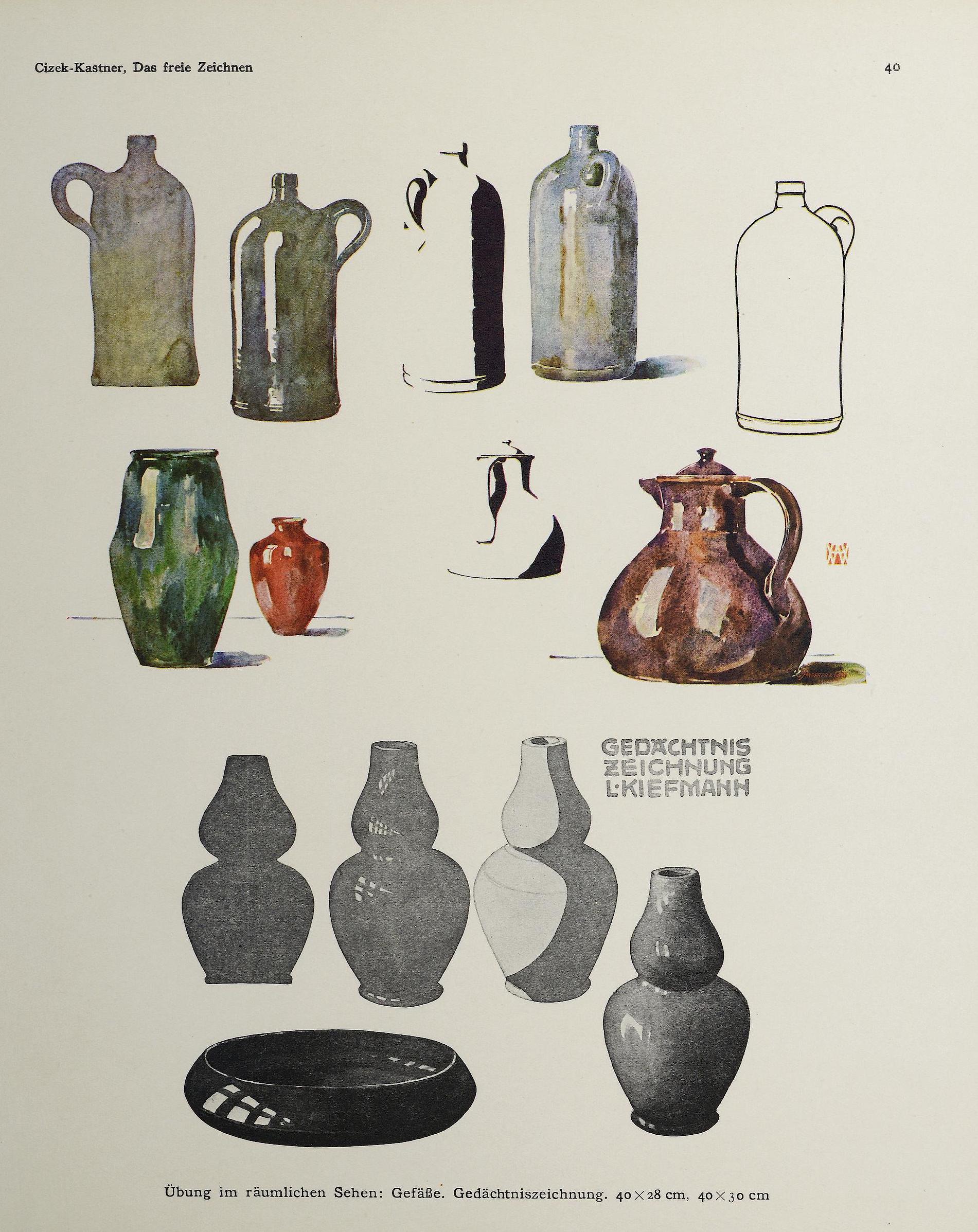
In Franz Cizek: Liberating the Child Artist by Wilhelm Viola (1938), we learn more of his drive and ambition:
His approach to teaching was minimal, and strikingly different than the rigid and skill based programs of copying and tracing that were offered in primary schools at the time. In his Juvenile Art Class, a two hour Saturday Program for students ages 5 -14, Cizek approached art making by creating a child friendly environment where formal instruction was non existent and the work was based on nurturing the creative tendencies inherent in all children, allowing them to freely explore their own ideas through a range of materials.
…
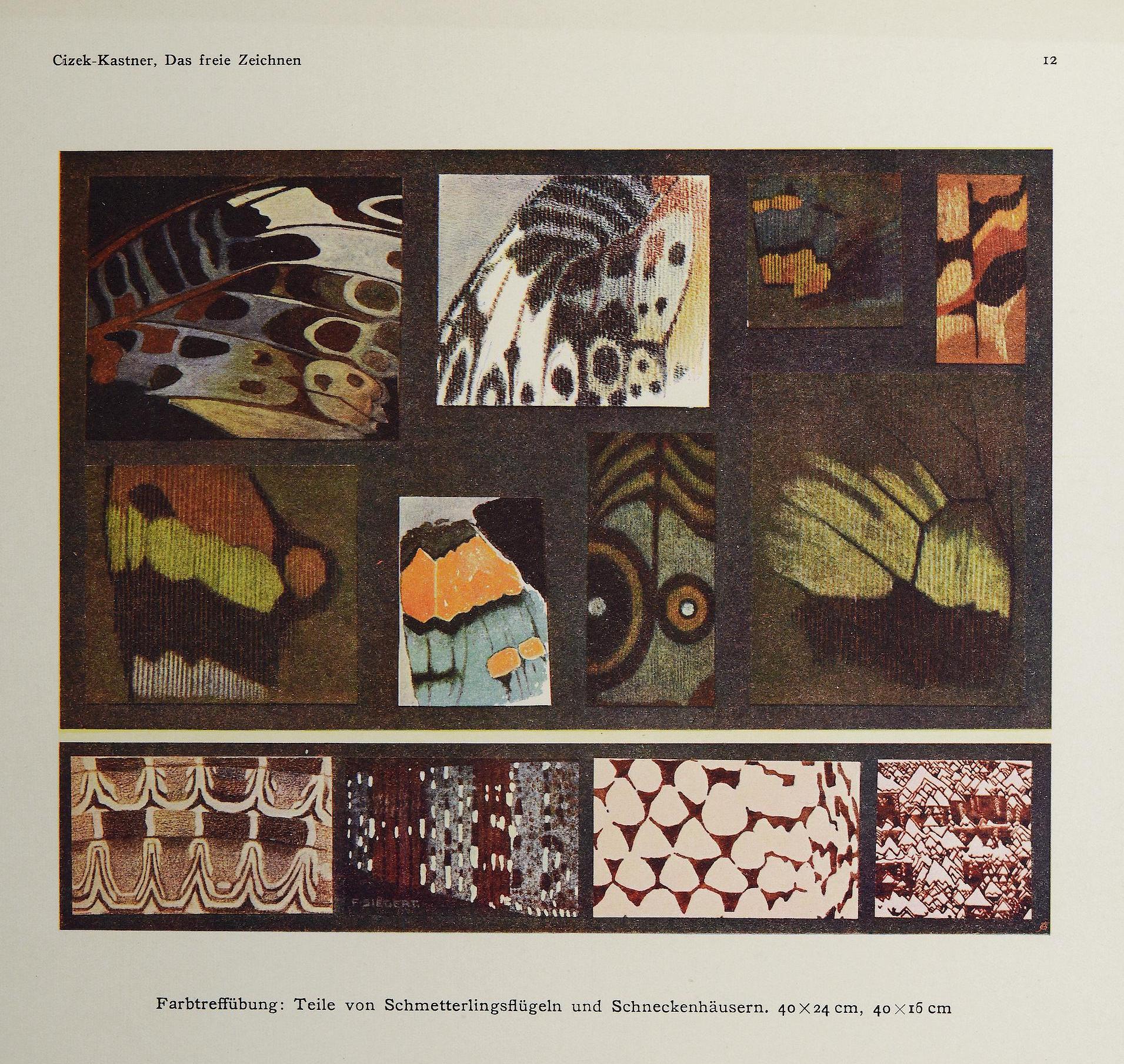
During his own university study, Vienna was a hotbed of artistic activity. He was friends with many of the Vienna Secessionist artists and architects of the day; Otto Wagner, J. M. Olbrick, Koloman Moser, and Gustav Klimt were fellow artists. He shared with them his research and the work of his young students, and they were fascinated by the authentic expression found in these untrained illustrations. They encouraged Cizek to start his own school, and as a result of this encouragement, he soon applied to the educational authorities to begin his own practice. In his application he had stated a most simple mandate, “Let children grow, develop and mature.”3 The authorities did not immediately accept such a simplistic mandate, but with time and further development of his program, Cizek was allowed to open the Juvenile Art Class in 1897.
…

The doors to the Juvenile Art Class were open without charge to the children of Vienna, to work at their own free will. Children were interviewed and selected by Cizek, but not for their artistic promise or social standing. It was a place where children were respected as fellow artists. There were about 50 students in attendance each Saturday. Cizek had teaching assistants from his university classes at the School of Applied Art (Wein Kunstgewerbeschule), of which Erika Giovanna Klien was one. These younger artist/educators acted as assistants. Some would specialize in a specific media, be it embroidery or printmaking. Children were encouraged to explore a variety of materials: drawing with chalk, or pencils, cutting paper collages and silhouette cutting, wood and plaster carving, modeling with clay, embroidery, crocheting, etching and wood block printing and tempera painting. As Cizek would tell the children, “From every material, something creative can be made.”
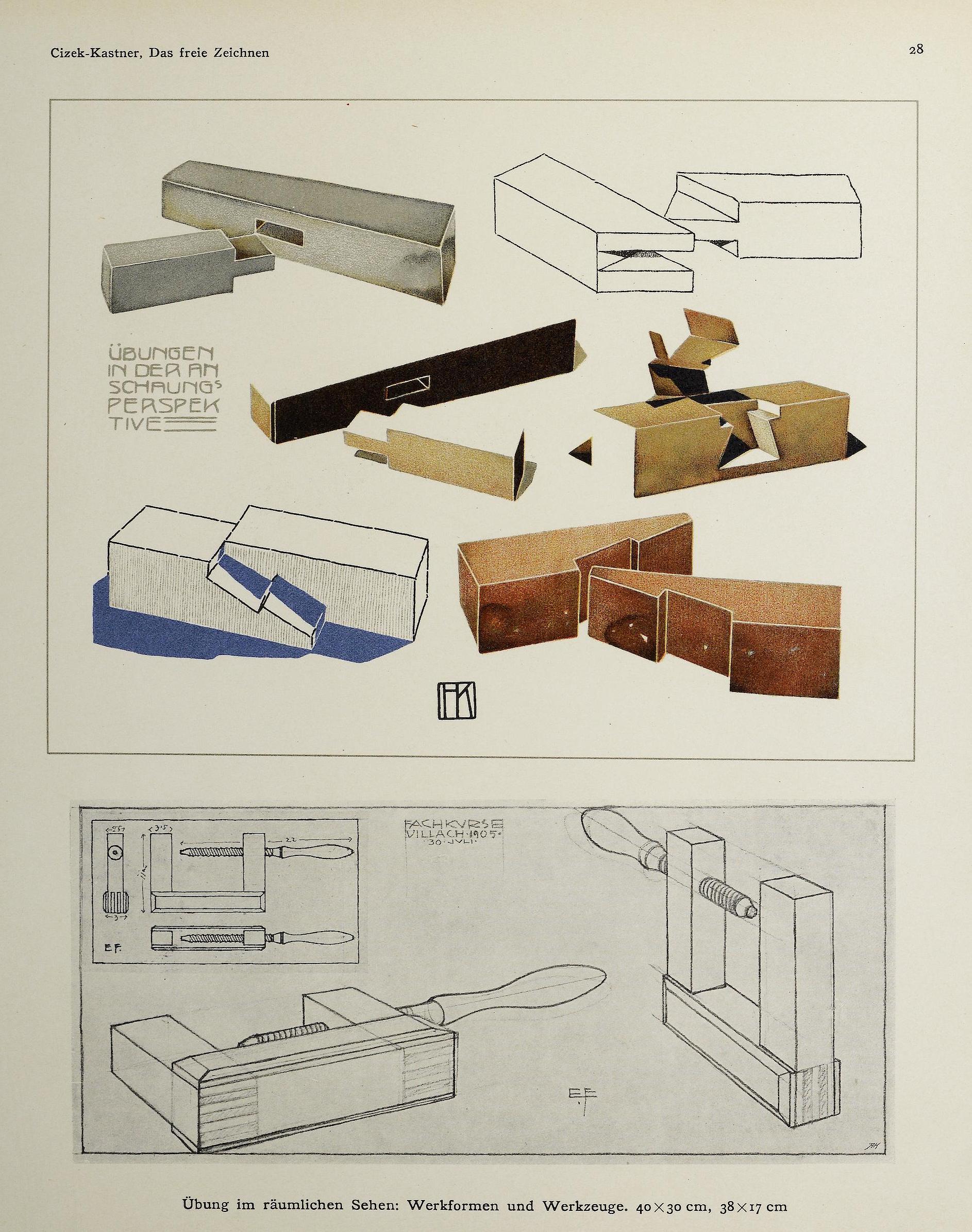
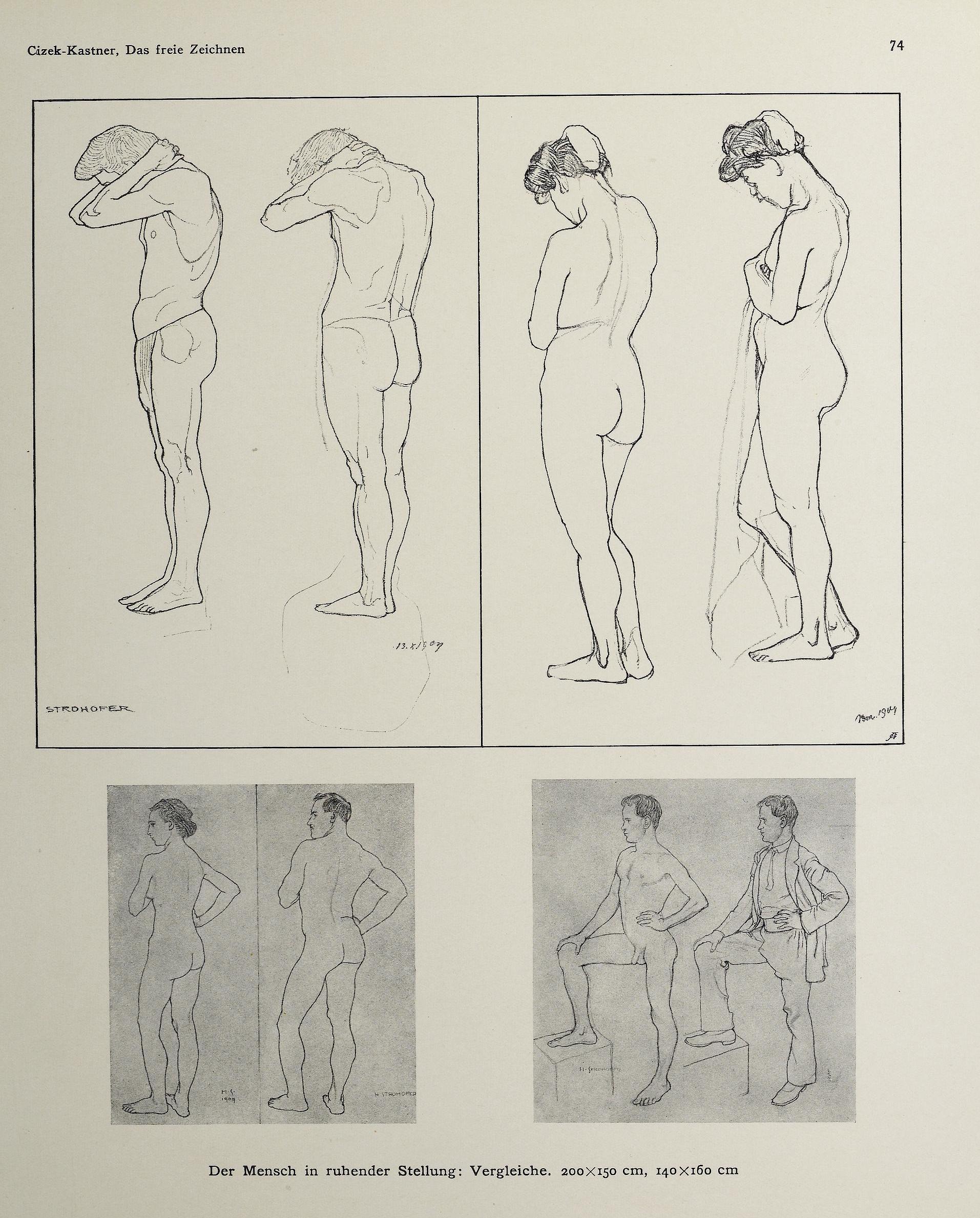
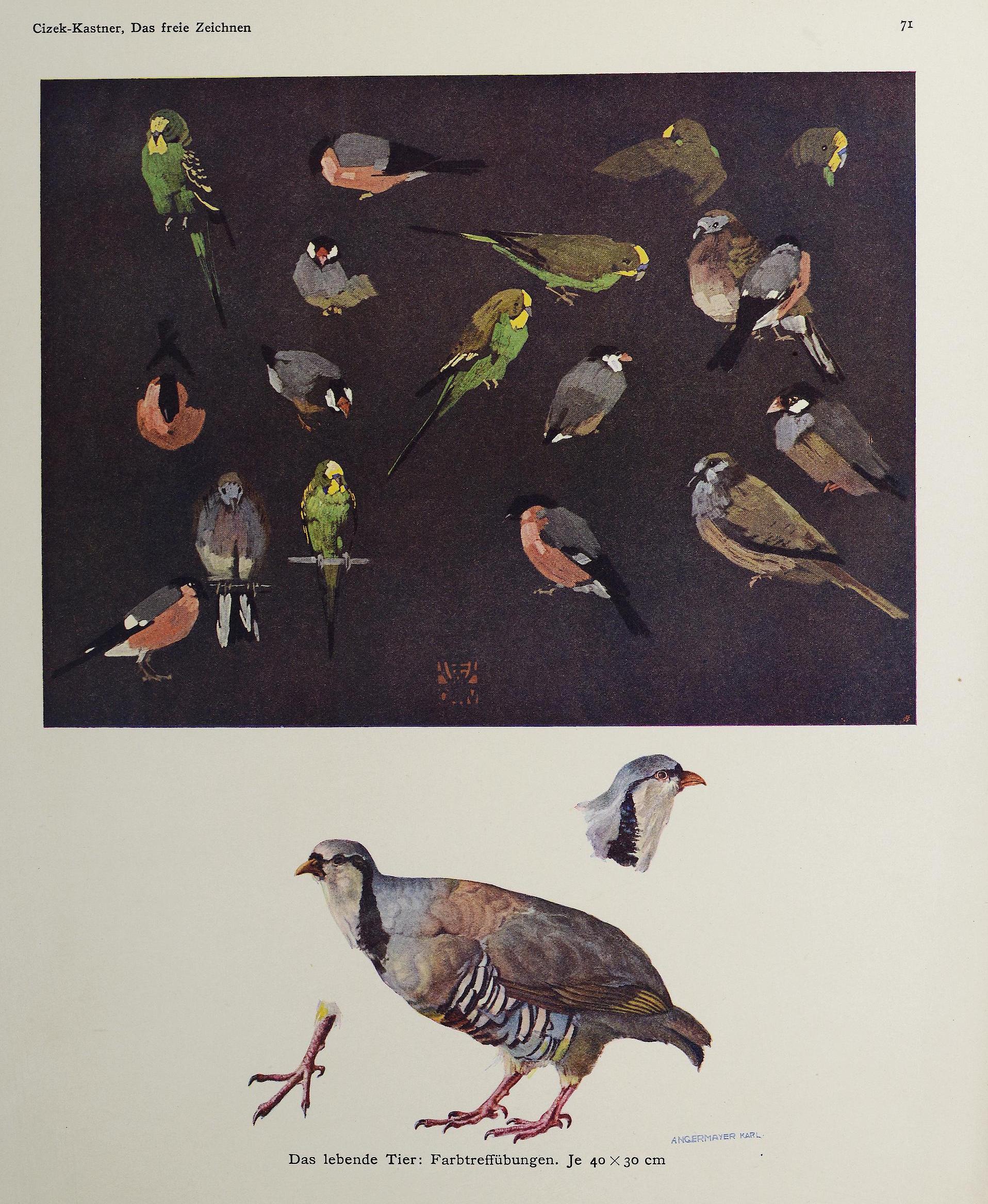
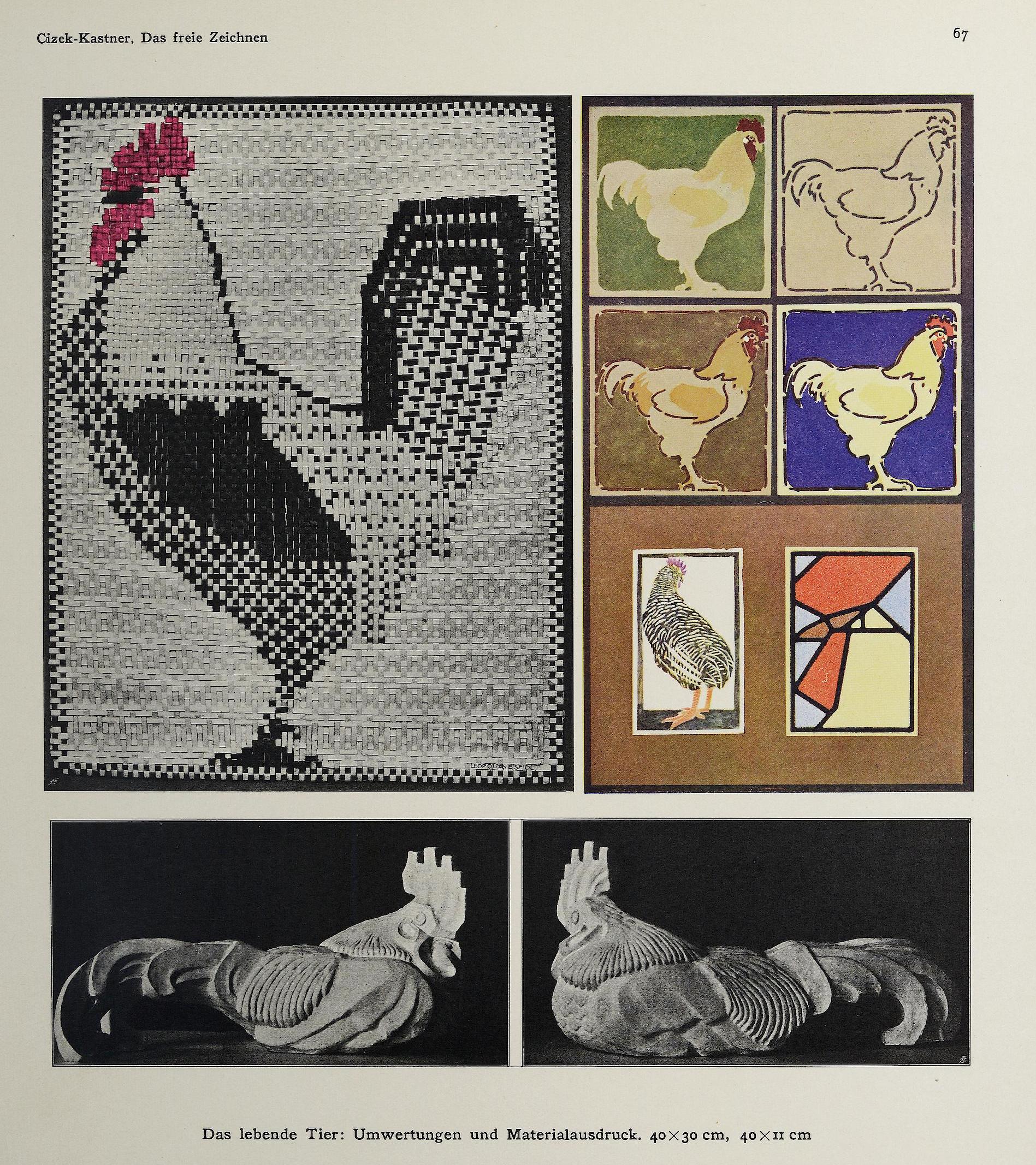
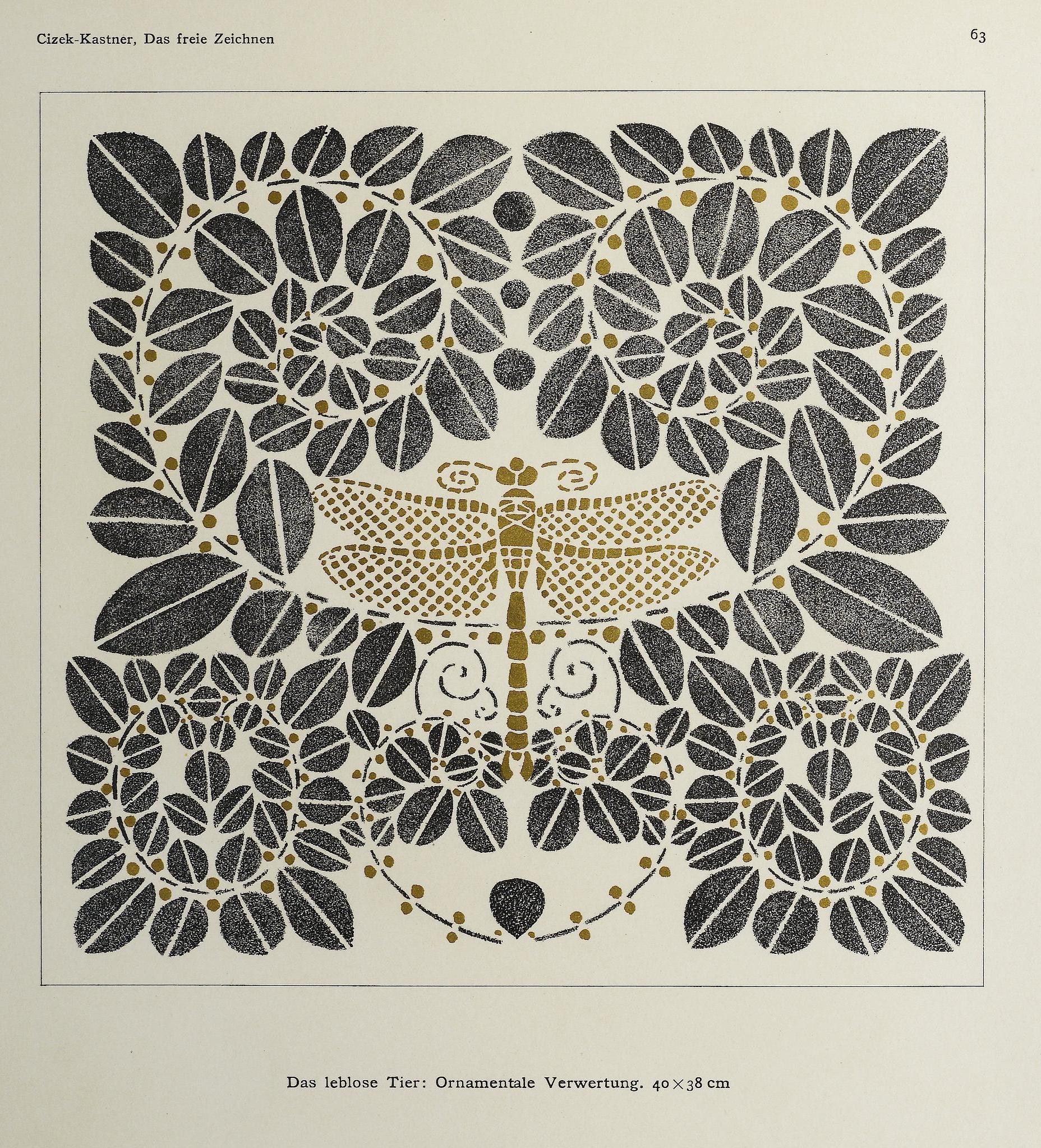
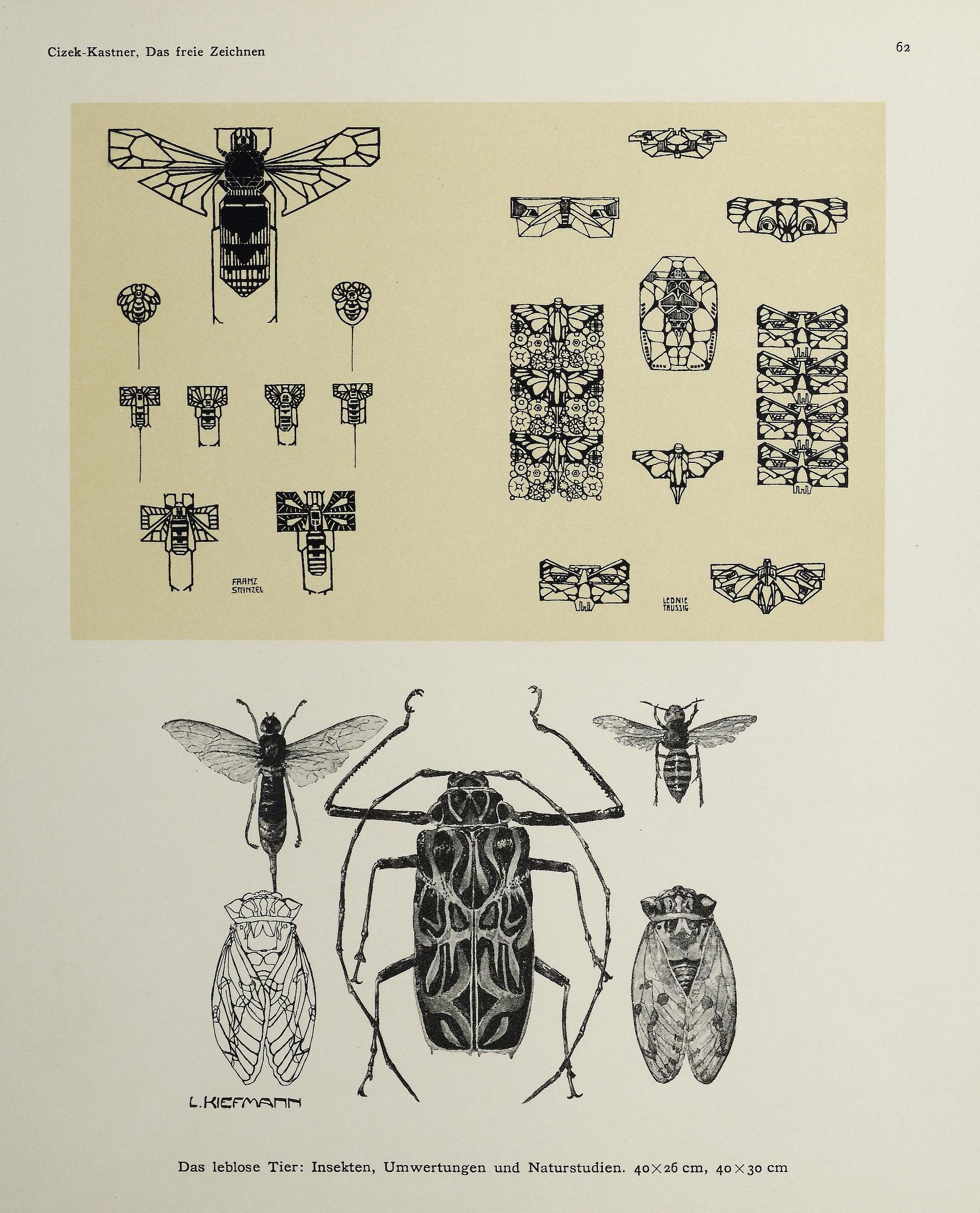
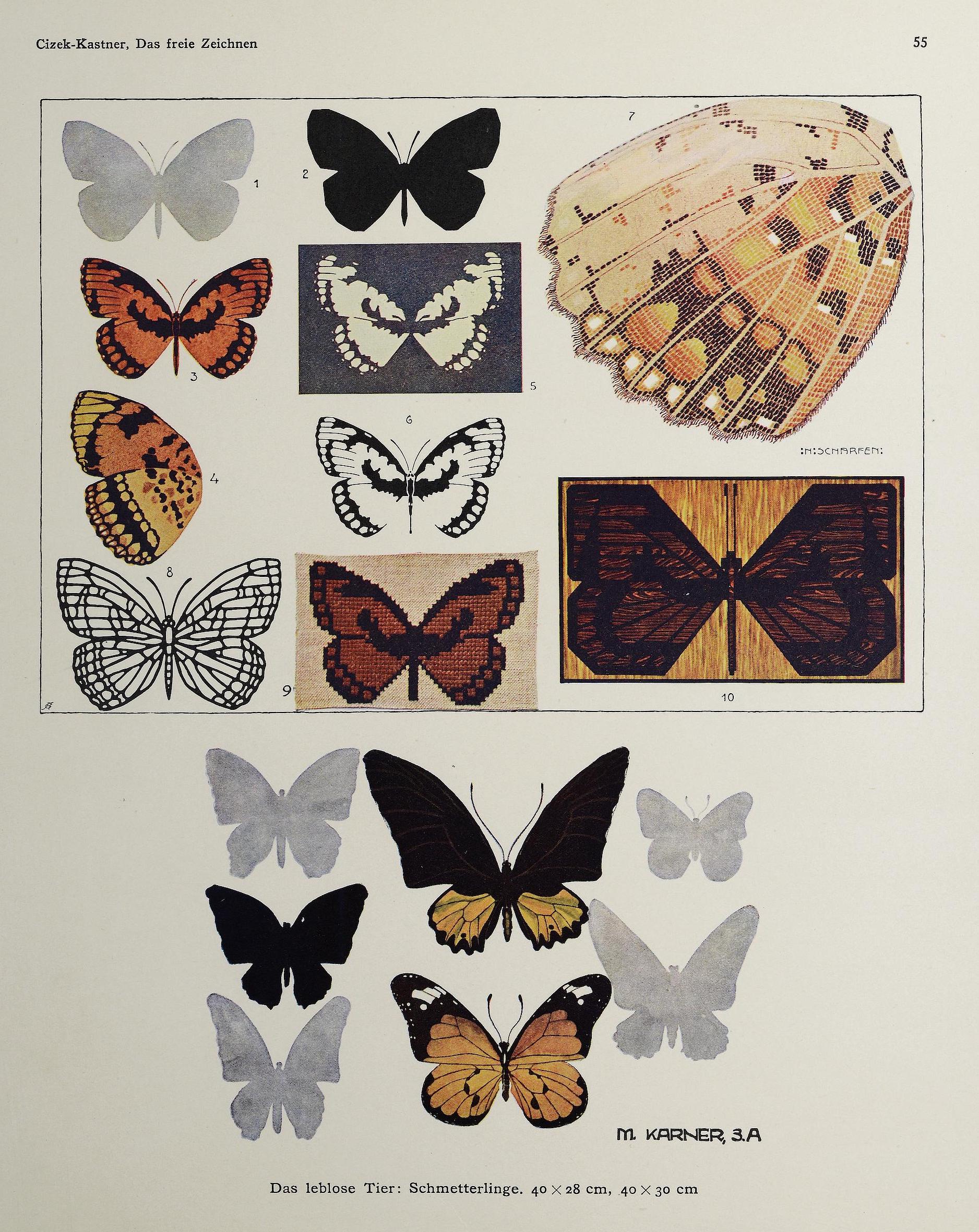

Prints of these fabulous illustrations can be ordered in the Flashbak Shop.
Via: Das freie Zeichnen: ein Weg für den Unterricht im Zeichnen nach Natur- und Gebrauchsgegenständen — Wien, 1925 From the collection of the Universitätsbibliothek, Heidelberg
Would you like to support Flashbak?
Please consider making a donation to our site. We don't want to rely on ads to bring you the best of visual culture. You can also support us by signing up to our Mailing List. And you can also follow us on Facebook, Instagram and Twitter. For great art and culture delivered to your door, visit our shop.


